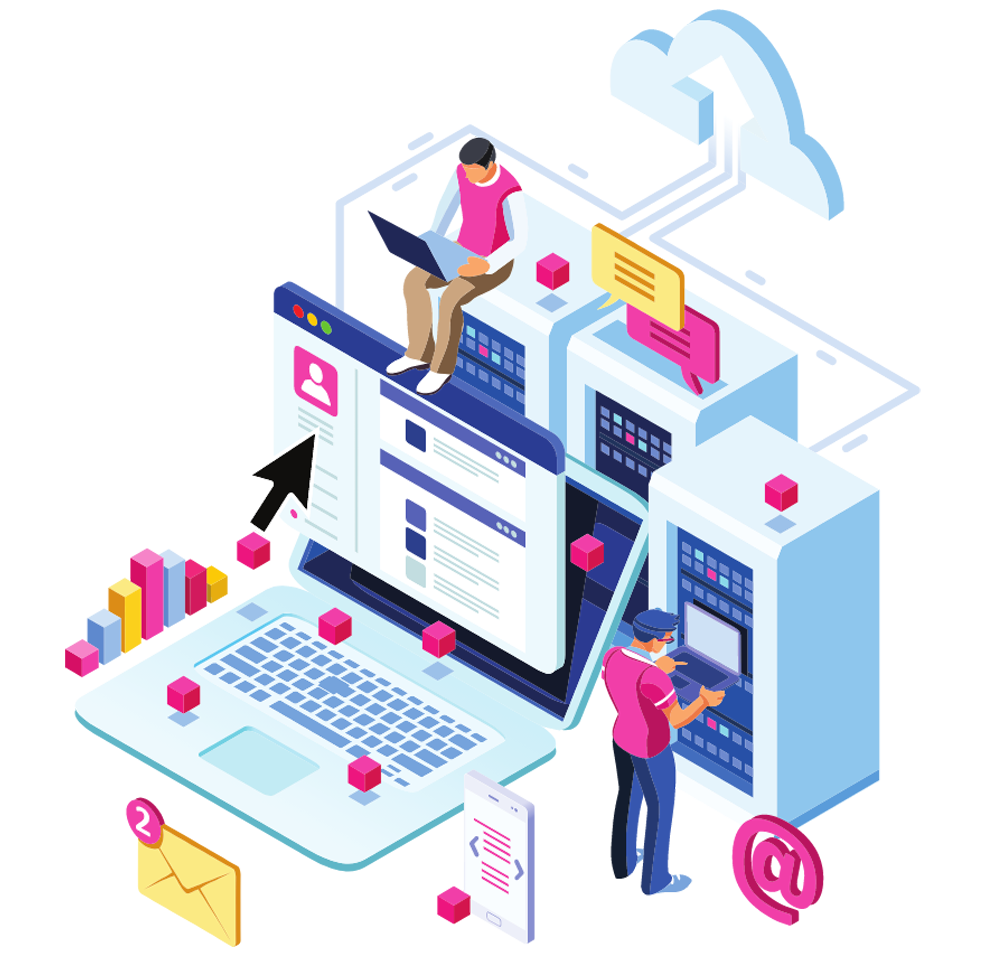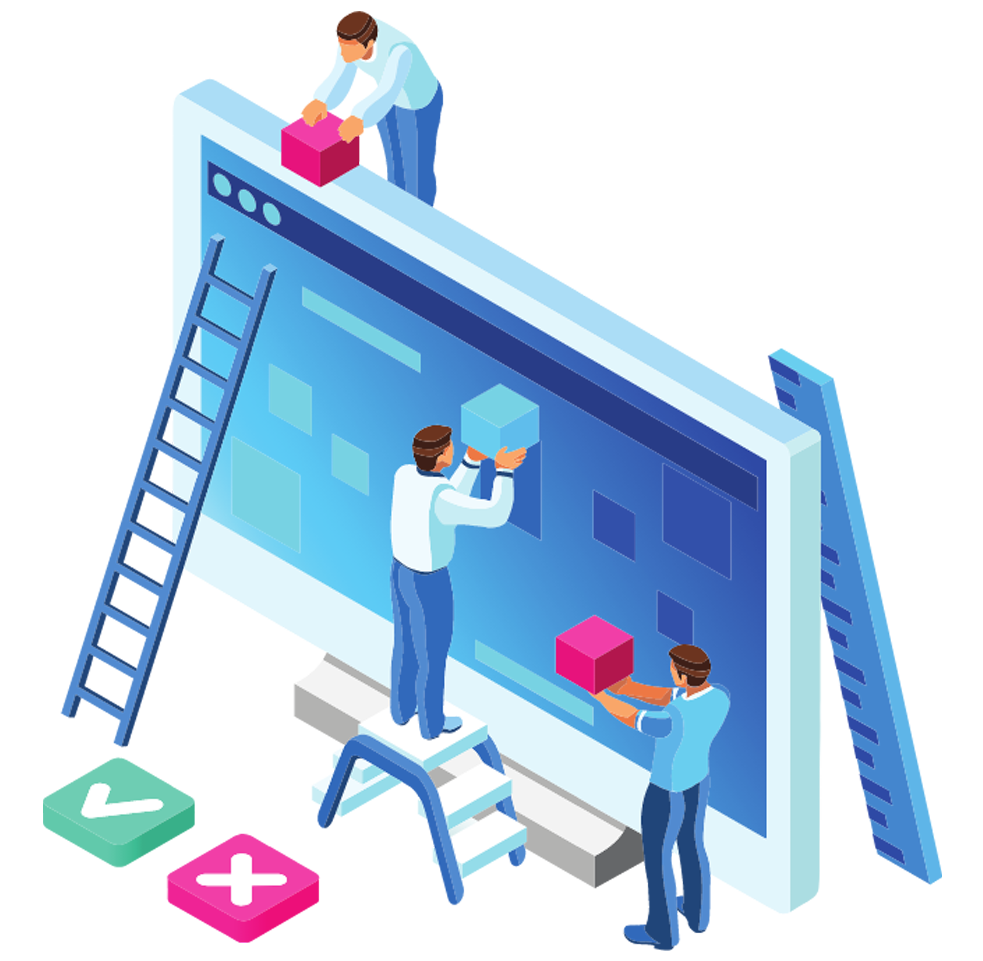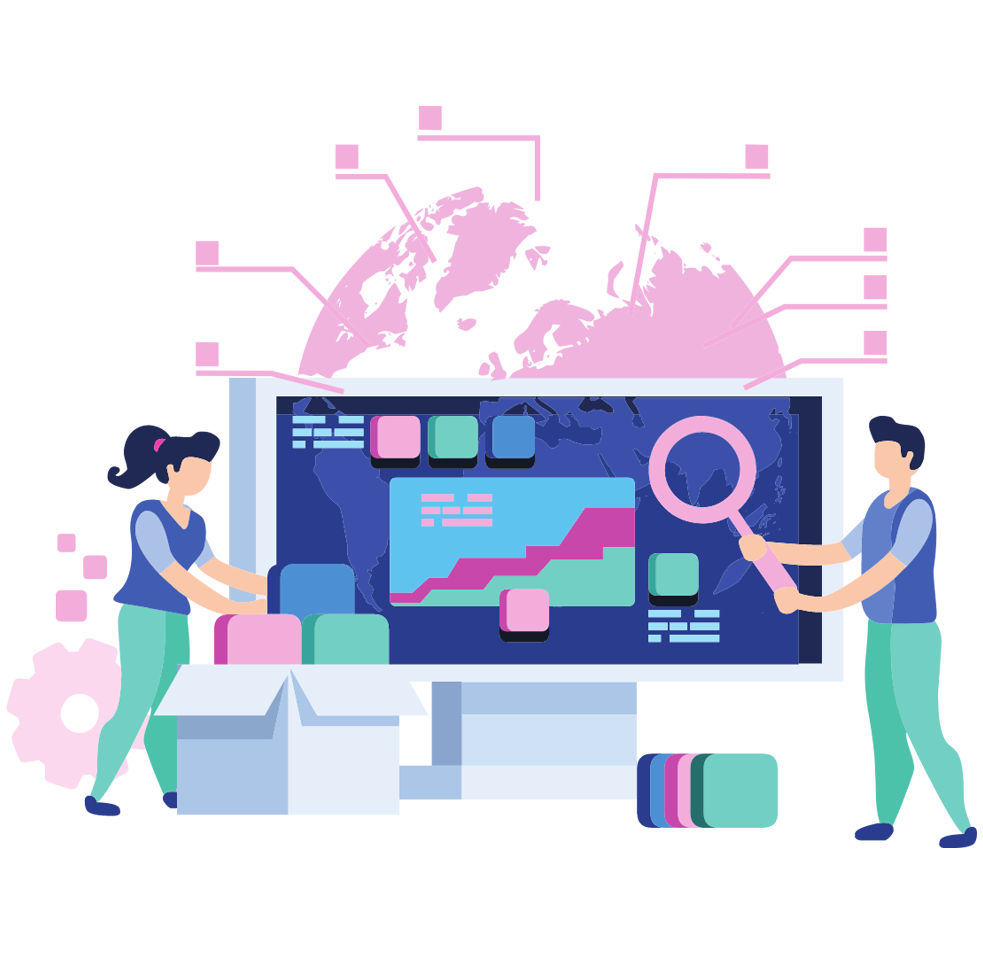With the gradual popularization of computers since the 1960s and the Internet revolution in the 1990s, Business Intelligence has become indispensable in many organizations. The rapid development of infrastructure has allowed the new tools to emerge to better combine multiple data sources and equip analysts with access to the art of visualization, we cannot imagine data analysis without
Experts say that we are currently in the period of another digital revolution, which is driven by data – generated and processed in huge quantities. The value and role of Business Intelligence increase as the importance of data grows. Data is being more frequently taken into account when making decisions and handling business processes. The digital world has already changed significantly. Just look at the rapid popularization of cloud computing and the gradual increase in the importance of artificial intelligence. These and other current changes shape the landscape of modern business analytics. What key trends are we currently seeing in this market and what might its immediate future look like?
Democratic Data Science
Until recently, work on data analytics seemed to be a domain reserved strictly for experts. Adequate strict education and a wide range of statistical and programming knowledge were often a prerequisite for achieving results in this field. The demand for these skills still significantly exceeds the resources available on labor markets. It will probably remain so for a long time. The need for new knowledge derived from data with a simultaneous shortage of specialists was one of the impulses to democratize access to data in organizations and the creation of tools enabling intuitive work with data for people without many years of education and experience in this specific area.
Contemporary organizations are increasingly deciding to introduce analytics in a self-service model. Therefore, virtually all team members can independently analyze the data they need, leaving the most advanced tasks to specialized analysts. The right Business Intelligence platform is able to provide everyone with two key elements needed for independent work with data. Intuitiveness and simplicity of analysis, and separation of data sources from the analytical layer, so as to exclude the risk of any unwanted changes in source data. Many times we will hear phrases such as “Citizen Data Scientist” or “Self-Service Analytics”. Soon, millions of business employees will involuntarily become analysts, which will – very likely – significantly improve their daily work.

In Tableau, creating a quick sales forecast that takes into account the trend and seasonality is just a matter of minutes.
Smarter Business Intelligence
Although we often hear about AI and machine learning, it is still not obvious how they are used in practice. Both terms can be associated with the replacement of analysts by self-improving algorithms or intelligent systems performing complex analyses on voice command. Both of these visions are quite distant, but some of their basic elements are being gradually implemented in analytical platforms.
Machine learning will support users in finding patterns and causes of phenomena observed among data. The models will potentially find the causes of non-standard observations and changes, searching thousands of potential dependencies. Let’s imagine the case in which in one of the regions we observe a significantly lower level of the average margin than in the others. With a wide range of related data, finding potential causes can turn out to be detective work!
Machine learning models implemented on the analytical platform will help us quickly identify potential causes, indicating those most strongly affecting the low average margin level. They may be a greater number of customers with discount cards (compared to other markets) or a record share of low-margin products in sales. However, it is up to the user to interpret these indications and deepen the analysis. Moreover, automated tools enabling faster and more accurate generation of forecasts or segmentation models without programming will also be developed.

Explain Data is a Tableau feature that finds potential causes that affect the differences between the studied observations.
In addition, artificial intelligence will enable new ways for users to interact with analytical tools. Gradually, solutions are appearing that allow you to conduct data analysis based on asking simple questions using natural language. The development of this field will expand the platform interface, allowing the users to communicate with the platform just like they would with a search engine, or even – by voice commands.

Tableau Ask Data allows you to conduct analyzes by verbally describing the query.
The increasing accessibility of analytics
So far, analytics has been associated primarily with complicated charts displayed on large screens in corporate offices. Nowadays, business data is being increasingly exposed outside this environment. Smartphones dictate the conditions for the entire digital world, including business analytics. Today, the analytical platform should conveniently display visualizations on mobile devices, supporting dedicated features adapted to the capabilities of smaller screens. The approach to information transfer is changing, making our smartphones the first line of information and insights propagation. Access to data, however, should not be limited to business users inside the company.
Increasingly, modern organizations generate additional value by providing their clients with appropriate visualizations and dashboards built on data. Moreover, new ways of embedding analytics in external applications and websites are being created. The democratization of access to data also changes the approach to dashboard design. Creating solutions for thousands of external users means putting intuitiveness and transparency first. And giving users a high degree of freedom in exploring data is an unquestionable value.

Mobile analytical dashboards in Tableau.
Here and here you can read our previous articles on Business Intelligence and Tableau.
Let’s talk about Business Intelligence and the implementation of Tableau in your company – contact us!
Article by Mateusz Gemra.







































